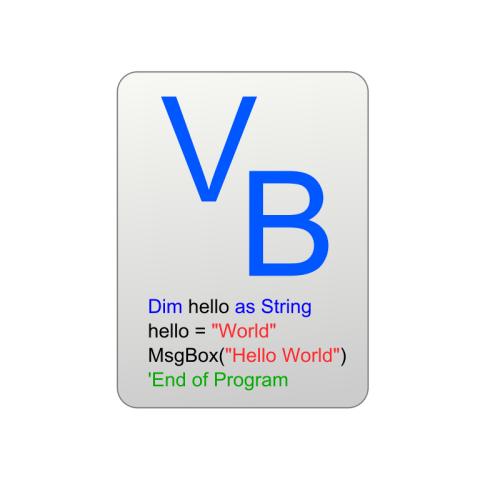This chapter presents a quantum computing-based approach to study and harness neuronal correlates of mental activity for the development of Brain-Computer Interface (BCI) systems. It introduces the notion of a logic of the mind, where neurophysiological data are encoded as logical expressions representing mental activity. Effective logical expressions are likely to be extensive, involving dozens of variables. Large expressions require considerable computational power to be processed. This is problematic for BCI applications because they require fast reaction times to execute sequences of commands. Quantum computers hold much promise in terms of processing speed for some problems, including those involving logical expressions. Hence, we propose to use quantum computers to process the logic of the mind. The chapter begins with an introduction to BCI and the electroencephalogram, which is the neurophysiological signal that is normally used in BCI. Then, it briefly discusses how the EEG corresponds to mental states, followed by an introduction to the logic of the mind. After that, there is an overview of quantum computing, focusing on the basics deemed necessary to understand how it processes logical expressions. An example of a BCI system is presented. In a nutshell, the system reads the EEG and builds logical expressions, which are sent to a quantum computer to solve them. In turn, the system converts the results into sounds by means of a bespoke synthesiser. Essentially, the BCI here is a musical instrument controlled by the mind of the player. Our BCI is a proof-of-concept aimed at demonstrating how quantum computing may support the development of sophisticated BCI systems. The remaining of the chapter is devoted to technical and practical considerations on the limitations of current quantum computing hardware technology and scalability of the system.
翻译:本章展示了一种基于量子计算的方法,用于研究和利用神经神经活动关联的量子计算方法,用于开发大脑-计算机界面(BCI)系统。它引入了思维逻辑的概念,即神经生理数据被编码为代表精神活动的逻辑表达方式。有效的逻辑表达方式可能很广泛,涉及数十个变量。大表达方式需要大量的计算能力才能处理。对于 BCI 应用程序来说,这是个问题,因为它们需要快速反应时间来执行命令序列。量子计算对于一些问题的处理速度很有希望,包括涉及逻辑表达方式的问题。因此,我们提议使用量子计算机来处理大脑的逻辑逻辑。该章节首先介绍神经生理数据,这是BCI通常使用的神经生理信号。然后,它简要讨论EEEEG与精神状态的对应,然后介绍思想的逻辑逻辑逻辑。随后,对量子计算过程的概要,侧重于理解它是如何处理逻辑表达方式的。 BCI 系统的一个实例是量子计算机的逻辑表达方式, 其逻辑表达方式的逻辑表达方式是, 将精度的直径系统转换为直径。




